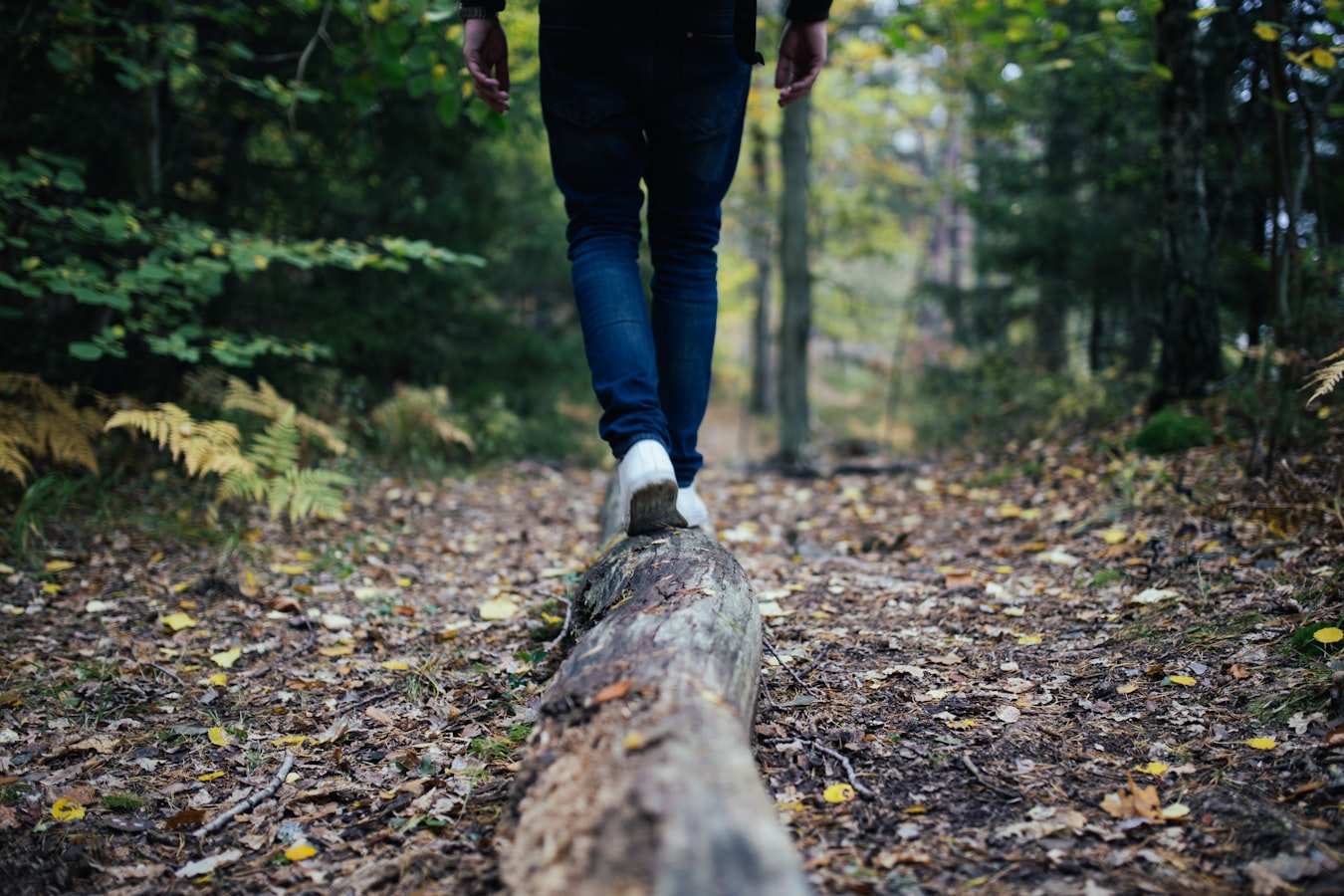At first blush, the warmer average winter temperatures brought on by climate change would seem to be a boon for New York’s grape growers and winemakers. But warmer autumns and more “false” springs are disrupting the signals grapevines rely on to gain cold hardiness for the winter and blossom effectively in the spring, according to new research from Cornell AgriTech.
“In New York, we are right at the coldest edge that grapevines can tolerate, so as things get warmer, it’s great for the middle of winter, but it’s not great for the spring and fall, because it messes with the signaling grapes need,” said Jason Londo, associate professor in the School of Integrative Plant Science, Horticulture Section, at Cornell AgriTech. “It sets us up for the potential for some years to be wonderful and others to have very heavy damage.”
Londo is first author of new research published Feb. 8 in the Journal of Experimental Botany. The co-author is Al Kovaleski, Ph.D. ’18, assistant professor of horticulture at University of Wisconsin, Madison.
The researchers examined 31 grape varieties over three years, seeking to understand which external signals and genetic pathways encourage grapevines to shed their winter defenses and develop buds in the spring. They found that wild grape varieties that have evolved to survive the deep cold of Northern winters are fastest to develop buds in the spring and, therefore, are most vulnerable to late bud-killing frosts. Hybrid commercial varieties bred with those wild cousins are almost as vulnerable.
Northern climates have a shorter summer growing window, so plants’ signaling pathways urge a quick wakeup when the weather warms, Londo said.
“And this is kind of scary because for decades we’ve been breeding and planting grapes for deep midwinter hardiness, which brings along with it this trait of waking up early. But now our winters are getting warmer and more erratic, so those cultivars are more at risk for late frost damage,” he said. “We live in this very dynamic climatic region, and climate change is making it more dynamic.”
Another study by the same authors – along with Hongrui Wang, a Ph.D. student in horticulture in Londo’s lab – published in October 2024, examined how grapevines gain their cold hardiness in the fall. As fall temperatures stay warmer longer, the researchers sought to understand whether drops in temperature or light were more important in signaling grapes to gain cold hardiness. They found that neither factor induced sufficient cold hardiness; far more important was temperature oscillation throughout the fall.
“We thought if you put vines at increasingly colder temperatures, they would gain resistance to cold, but we saw nothing,” Londo said. “But as soon as we let the temperatures bounce, they responded.”
For growers, the key adaptation in the face of climate change is planting diverse varieties, he said. Growers, particularly in warmer microclimates near lakes, might consider planting some more Southern varieties. Cold-hardy varieties should still stay in the mix, because a polar vortex in the winter could kill off less-hardy varieties.
“The safest thing is for growers to plant diverse cultivars so that year over year, you have better resilience,” Londo said.
The research was funded in part by the U.S. Department of Agriculture’s ³Ô¹ÏÍøÕ¾ Institute of Food and Agriculture.
Krisy Gashler is a writer for the College of Agriculture and Life Sciences.







